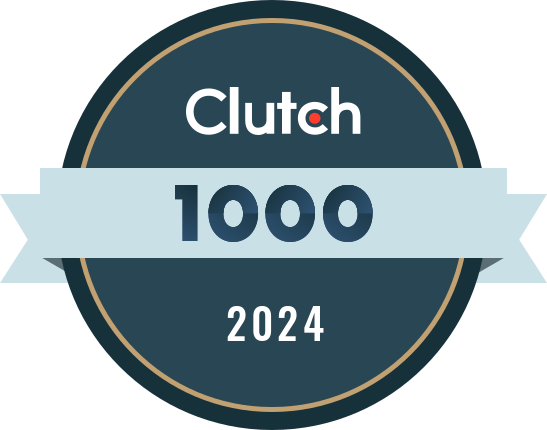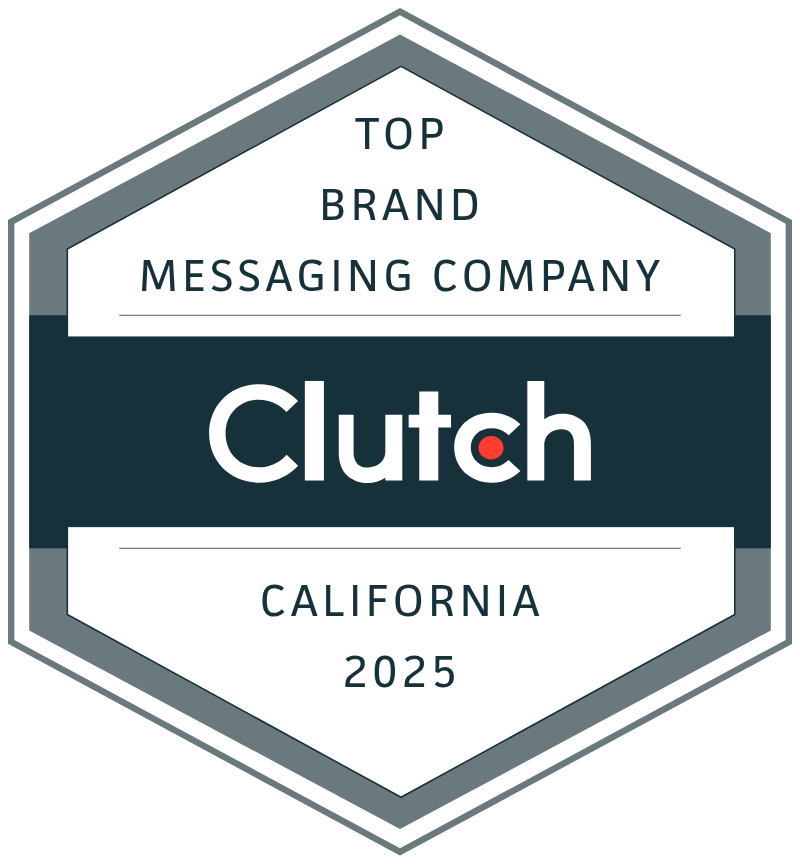Branding
Creates a bold, memorable, and strategically designed brand. Every visual and message is designed to capture attention, build trust, and turn recognition into lasting business relationships.
a few companies we are proud to call Clients:
Branding is how people think, feel and act in relation to your business.
Branding is something we interact with every day, and it’s so ingrained in our lives that we usually don’t notice we’re making branding choices. From the brand of shoes you slip on in the morning, to the coffee you prefer, we’re always choosing one brand over another, have you ever wondered why?
Branding creates an emotional connection between the consumer and the company and that emotional connection is based on trust. A strong brand consistently delivers on the promises it makes in its messaging.
Ready for a brand that resonates and moves for your audience?
Real Results from Companies like Yours
The Branding Formula
Your brand is a collection of elements, that together create an authentic and cohesive vision of who your company is:
Voice & Messaging: Your messaging should be intentional, strategic, and consistent.
Visuals (Identity): How you communicate your personality and values.
Values & Purpose: Your messaging should be intentional, strategic, and consistent.
Vision: A beacon to guide your brand’s focus and direction.
Strategy: It’s more than just a pretty logo & some nice copy.
Frequently Asked Branding Questions
Our branding process goes far beyond a logo. It includes discovery workshops, voice and messaging development, visual identity, values and purpose definition, brand vision, and a clear strategy to bring it all together. We also provide brand guidelines to keep everything consistent moving forward.
A well-defined brand makes your business more credible and memorable, which directly impacts how often buyers engage with you and how confident they feel choosing you. Strong branding builds recognition, increases trust, and supports every sales and marketing effort you run.
Yes. Many clients come to us with existing logos or brand elements they want to modernize without losing recognition. We refine what works, update what doesn’t, and create a refreshed identity that feels authentic, consistent, and aligned with your goals.
We follow a step-by-step process that starts with discovery and a brand questionnaire, then moves into research, strategy, design, revisions, and final brand guidelines. Throughout, we keep you involved so the final outcome reflects both your vision and your audience’s expectations.
Voice & Messaging
Your messaging should be intentional, strategic, and consistent.
Brand values are the core principles that define your business and guide how it acts, communicates, and builds relationships. They reflect your purpose, culture, and personality, forming the foundation for your brand identity and marketing. When consistently upheld, strong values build trust, shape customer perception, and set you apart from competitors.
Visuals (Identity)
How you communicate your personality and values.
Visual identity is the collection of design elements such as logos, colors, typography, and imagery that represent your brand’s personality and values. When applied consistently, it builds recognition, communicates your character, and creates lasting trust and loyalty with your audience.
Values & Purpose
Why you do what you do.
Brand values are the principles that guide your business and shape how it makes decisions, communicates, and builds relationships. They reflect your company’s purpose, culture, and personality, creating the foundation for your brand identity and messaging.
Strong values influence how customers see your brand and why they choose you. By clearly defining and consistently upholding them, you build trust, stand apart from competitors, and create lasting connections with your audience.
Vision
A beacon to guide your brand’s focus and direction.
Your brand vision is the blueprint that guides everything your company does, now and in the future. It keeps you aligned with your values and purpose while providing clear direction for decisions and actions.
A strong vision inspires employees, stakeholders, and customers by creating a sense of purpose and meaning. When it is authentic, achievable, and consistently communicated, your vision becomes the driving force behind your brand’s growth and long-term impact.
Brand Strategy
Branding doesn’t end with having a vision, voice, values, and visuals. You also need a strategy.
Developing a brand strategy requires a deep understanding of your target audience, the competitive landscape, and the business goals of the brand. It is an ongoing process that requires regular review and adjustment to ensure that the brand remains relevant and effective.
Positioning
Creating messaging and marketing efforts that effectively communicate the brand’s unique value proposition to its target audience.
Messaging
The communication of the values, mission, and personality of a brand to its audience, which helps shape the overall perception of a brand.
Purpose
Why do you do what you do? This will be the guiding principle for not just all of your messaging but also your business. With a clear sense of purpose, a business can communicate its message more effectively and authentically which helps build trust and credibility.
Flexibility
Things change. By staying flexible and open to change, businesses can better respond to shifts in the market and consumer behavior, and ensure that their brand stays relevant and successful over time.
Brand Guidelines
A set of rules and guidelines for how to consistently communicate and present the brand across all marketing channels. Brand consistency is what builds trust in clients and customers.
Our Branding Process
We understand that re-branding or creating a new brand can be daunting and intimidating. We’re here to be your guides, who will help create an amazing new look and feel for your company that will help you establish a positive and distinct image that will resonate with clients/customers and help build a long-term relationship with them. No big deal, right? We have a step-by-step approach to how we work with clients, and we believe in being transparent about how we do things. Below is exactly what you can expect from start to finish. We’ll keep you in the loop every step of the way.
Branding Timeline
Step 1: Branding Questionnaire
We will send you our branding client questionnaire to complete. We start with a questionnaire for a few reasons:
- It quickly gets us up to speed and on the same page, so our first meeting will be as productive as possible.
- It gives you a chance to reflect on your goals, research and share possible inspiration, and get excited about this big change.
- You can share your logo, website, and current branding elements with us and what you like and dislike about them.
Step 2: Kickoff Meeting
Once we have reviewed your answers to the branding questionnaire, we will set up a discovery meeting either in-person or virtually. The goal of this meeting is for us to ask clarifying questions based on the branding questionnaire and start discussing your intentions for your brand. We encourage you to share examples of brands/styles/logos you like so we can better visualize and understand what you have in mind. This meeting usually lasts one to two hours and should include company stakeholders.
Step 3: Research & Strategizing
This is where we use everything you’ve shared in the questionnaire and discovery meeting to start creating rough logo ideas and taglines. These rough logo ideas will be in black and white for the first two rounds to nail down the idea and not get bogged down by “is that the right shade of blue?”
Expected Timing: 2 weeks
Expected Deliverables: Black & white logo options, rough website options, taglines, typography options, brand mood board.
Step 4: Discuss
You will be presented with 2-3 variations of each deliverable and your feedback will be used to start step 4. We will meet in person or virtually to present, review and discuss our first round of deliverables.
Step 5: Revise & Hone In
Revisions based on your feedback. By this point, we will narrow it down to 1-2 logos and work up revisions + add color. Often times by this point we will have a good idea of the brand font, tagline, and sometimes even the website. The logo and colors are (usually) the main focus here.
Expected Timing: 2 weeks
Expected Deliverables: Refined logo options + color, website layout, revised taglines, brand colors, iconography, and graphics. Tone, style, and strategy.
Step 6: Discuss
We meet in person or virtually to discuss the latest round of revisions. By the end of this meeting, we should have a final decision on the logo, typography, website mockup, iconography, tone, style, and strategy.
Step 7: Final Revisions
Final revisions are made. These shouldn’t require additional meetings, so, from here on out everything else can be handled over email. (Of course, if having a meeting to answer questions and discuss ideas is needed we will schedule that.)
Expected Timing: 2 weeks
Step 8: You Have a New Brand!
We share a final brand guide with you, and you sign off on it. You’ll receive a brand guide, and files of all the brand elements we’ve created over the course of the project. This is the end of the branding process and the beginning of strategizing how to roll out your new brand to your current customers or client base and get it in front of a new audience.














